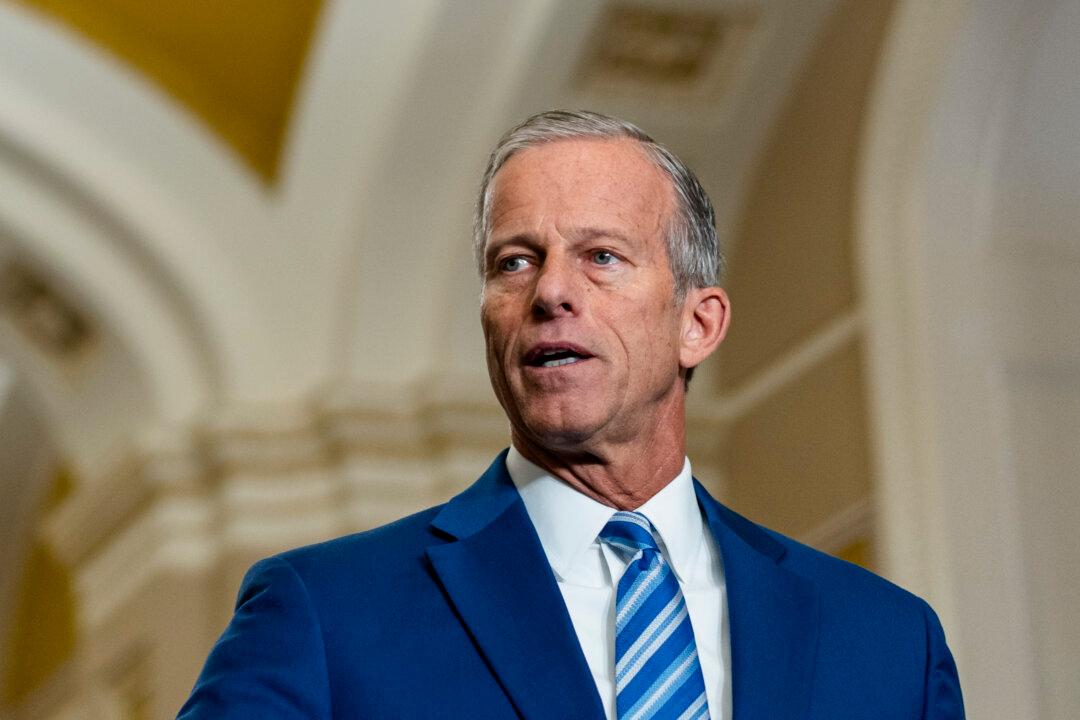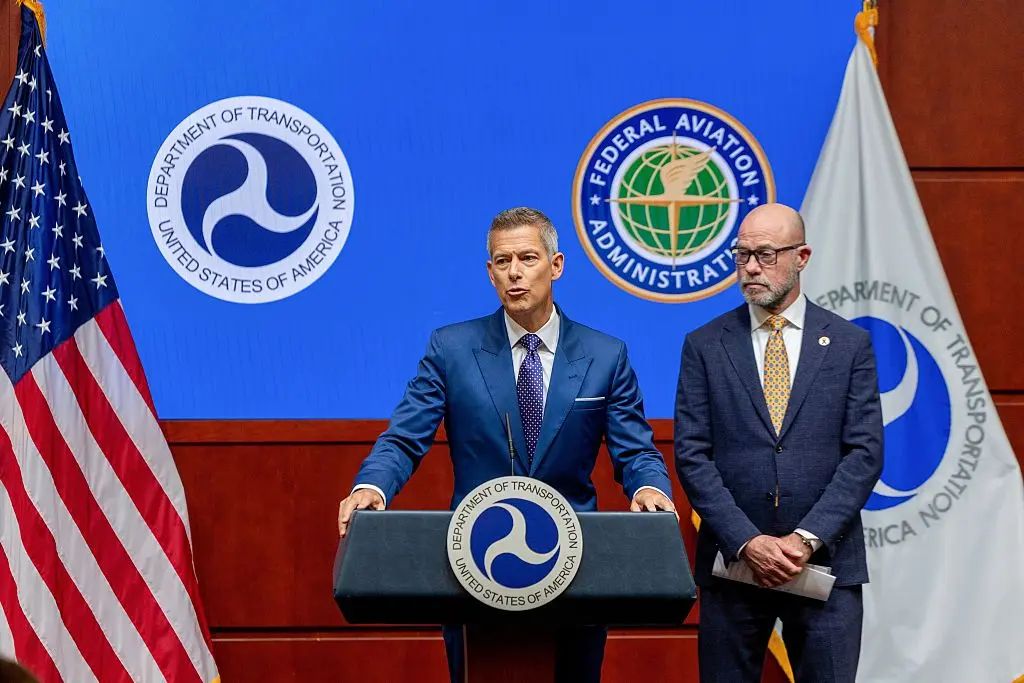The U.S. Geological Survey (USGS) reported numerous earthquakes in Alaska over the past 24 hours.
At least 25 earthquakes with a 2.5 magnitude or greater struck the state, with many occurring in the remote North Slope area. Some were reported in southern Alaska.




